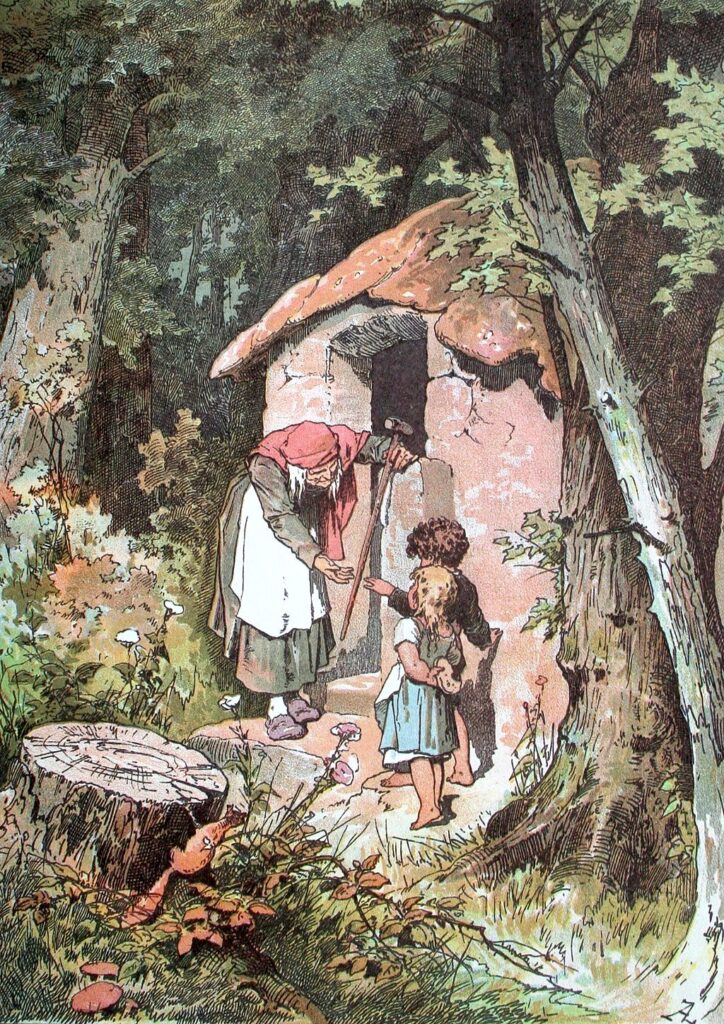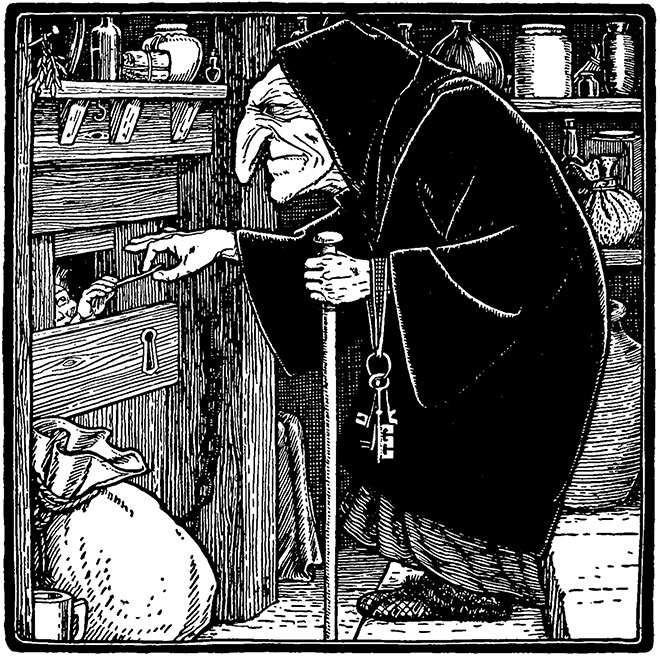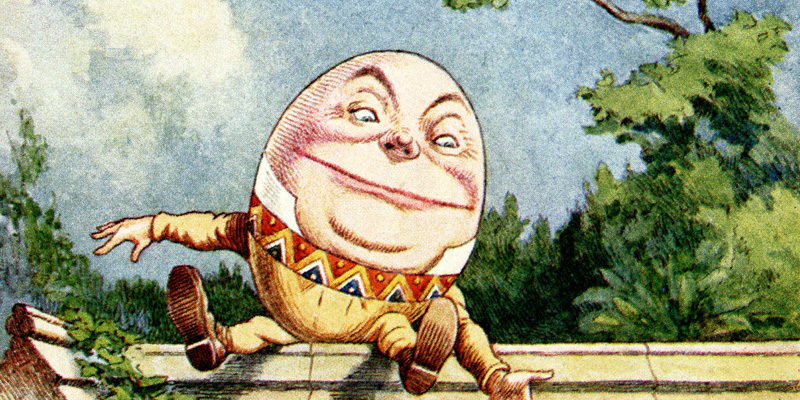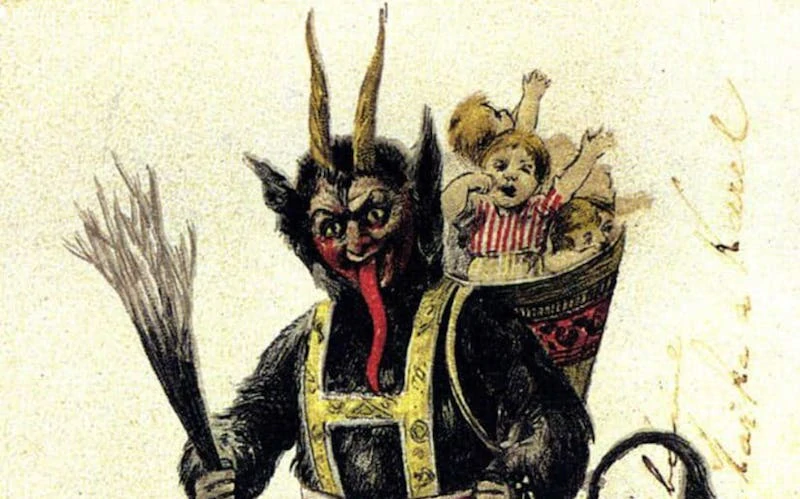Last updated on December 17th, 2022 at 08:38 pm
When growing up, there are certain stories children are told. These stories are typically whimsical, often magical, and sometimes even spooky. However, these stories almost all the time convey a moral lesson that could be useful in later life, ending on an educational but heartwarming note.
For example, “friendship makes life fuller,” “stealing is wrong,” or even “doing the right thing can be difficult, but it is always the correct choice.” The lessons vary depending on the tale, but typically, the lesson learned is the central reason the story is told.
In the case of Hansel and Gretel, children learn several moral lessons from the siblings, the most important of which is not to trust or speak to strangers, no matter how kind they may appear to be.
It is a useful lesson, but the story was not always kid-friendly. The true story of Hansel and Gretel is closer to a horror story than one involving a moral lesson.
With an unrelenting famine, child abandonment, and even attempts at cannibalism, the true story of Hansel and Gretel by the Brothers Grimm is haunting and gruesome.

Who are the Brothers Grimm?
Before we begin, it would be helpful to learn who the Brothers Grimm – or the Brüder Grimm in German – were.
As their name suggests, the two authors of this tale – and so many others adapted into the tales we know and love today – are brothers from Germany.
Their names are Wilhelm Carl Grimm and Jacob Ludwig Carl Grimm. Together, they wrote and published over 200 stories.
They never intended to create entertaining moral lessons for children but to preserve German folklore during the Napoleonic Wars, where their culture was being overrun and potentially forgotten, with the domineering French more than prepared to take their place.
With these efforts to maintain German folklore, the Brothers Grimm wrote stories that we know today as Little Red Riding Hood, Cinderella, Snow White, Rapunzel, and so many more – including Hansel and Gretel.
However, as we know, these tales were not originally stories that your children would hear in their kindergarten classrooms or at bedtime but were stories filled with violence and often murder.
These stories written by the Brothers Grimm, who were always known in relation to one another, were published across seven different editions of what is now known as Grimm’s Fairy Tales, or in their native German, Kinder-und Hausmärchen.
With a knack for storytelling without the frilly and fluffy details that make something child-appropriate, the Brothers Grimm were brutally honest – something that has resulted in more than brutal stories, and their story of Hansel and Gretel is no exception to this reputation.

Hansel and Gretel is a children’s tale… or is it?
Today, Hansel and Gretel is a children’s tale that teaches a valuable lesson, but it did not always start this way. As told by the Brothers Grimm, the original story, which resulted from the Great Famine (1314-1322), includes starvation, child abandonment and neglect, enslavement, attempts at cannibalism, and of course, death and murder.
Not exactly a story you would want to tell your children before sending them off to dreamland, so make sure you have the correct version before starting their bedtime stories!
In the Brothers Grimm’s version of Hansel and Gretel, their mother and father abandon the two siblings in the forest.
This is because the famine is so great that they can no longer bear the burden of two extra mouths to feed and would rather let their children die of starvation within the thick woods than they would go hungry themselves.
The idea of abandonment came from the children’s mother.
After being abandoned, Hansel attempts to save them by leaving a trail of breadcrumbs leading back to their home, but this plan proves unsuccessful as the breadcrumbs are eaten, leaving the children lost and defenseless.
Dying of hunger and suffering delirium, Hansel and his sister Gretel believe they have hit the jackpot when they stumble upon a house made of sweets.
So, as any starving person would, they feast upon the house without question, only to learn that it belongs to a witch.
This witch then imprisons both Hansel and Gretel, taking Gretel as her slave and Hansel as an apparent sacrifice with plans to feast upon him the way he did her house.
The story ends with the witch’s murder, being burned alive in the very oven she had planned to cook Hansel within. Clearly, this tale is a heavy one that would likely result in nightmares rather than a peaceful night’s sleep for both children and adults alike.
Now, time for a short history lesson
You may be wondering – if the Brothers Grimm wrote these stories to preserve German culture and folklore, what exactly inspired the gruesome story of Hansel and Gretel? Are there tidbits of truth in this murderous tale?
While it can be difficult to pinpoint just how much of Hansel & Gretel is true, there – unfortunately – is truth to their tale.
Let us consider the Butterfly Effect, which is something that many of us know about – but for those who do not, take this common example: a butterfly beating its wings in one location can cause a hurricane in another. Or, in other terms, a localized shift in one plane can cause drastic changes in another.
With the Great Famine of 1314 to 1322, this change was brought about by volcanic activity in New Zealand and Asia. Because of this volcanic activity, the world saw climate change that affected the harvesting of crops.
Thus, starvation ensued globally, but the situation was particularly problematic in Europe, where the crops were already in limited quantities.
Because of this famine, many were forced to turn to drastic measures. Now, thinking back to Hansel and Gretel, what do you imagine these drastic measures may have been?
You guessed it: abandonment, cannibalism, and murder.
Due to the famine, families were reported to have abandoned their children, so they would not have to worry about feeding them or rationing their food as carefully.
There were accounts of infanticide in other situations as there was insufficient food to take care of another person.
Knowing that parents were murdering their children shows just how dire the situation was – but it gets worse.
While some adults and the elderly chose to starve for the youth to survive, there are some reports of mothers eating their own children to overcome the hunger that plagued them.
In other accounts, people would dig up graves to eat the rotting flesh of the dead buried in cemeteries. This famine of 1314 to 1322 was so devastating that some scholars suggest it impacted over 30 million people, which can be understood as a quarter of the population perishing in certain regions.
Gruesome and heartbreaking though it is, the lengths these people were driven to was their reality, and it was from this struggle and devastating starvation that the story of Hansel and Gretel was birthed.
The Hansel and Gretel we know Today
Today, this story has shifted and adapted to suit a younger audience. While the abandonment remains the same in most versions, the mother has become the stepmother. No longer is she abandoning her biological children, but the tale instead plays into the trope of the evil stepmother.
This serves to soften the blow of being abandoned and give a “reason.” Stepmothers within literature and film are often portrayed as evil, so this would not be an uncommon idea for a child audience to encounter.
In other contemporary versions of Hansel and Gretel, the father is also more regretful or unwilling to go along with his wife’s wishes. Instead, he wants to protect his children but is unable to. Further, some versions avoid the topic of abandonment altogether, instead choosing to narrate the tale of two siblings who get lost on their own.
These kid-friendly versions dance around the idea of cannibalism, not quite addressing it outright but simply alluding to the witch’s evil intentions. Sometimes, it is presented as a suspenseful but humourous situation in which helpless children become clever and resourceful.
However, one thing that remains true across all versions directed at a child audience is the presence of a moral lesson. Hansel and Gretel is no longer recounting a dark chapter in European history but teaches today’s children never to trust or speak to strangers. Rather, children should trust in themselves and their parents to do the right thing.


The killing of the witch was not murder—at least in all civilised jurisdictions—but justifiable homicide in self-defence.
The original was better. But it wasn’t for children.